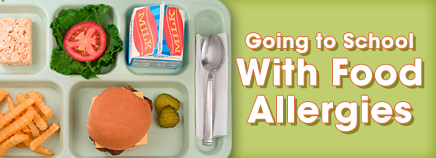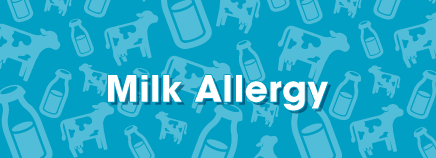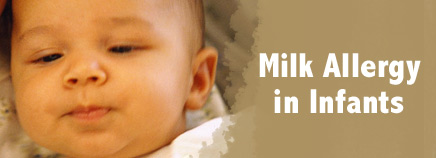Young kids with food allergies can stay safe at school, but it takes organization, preparation, and education. Here are tips on keeping your child safe during the school year — and all year long: Springtime: Now’s the time to make a summertime appointment to see your child’s allergist. And set …
Henoch-Schönlein Purpura (HSP) Hives (Urticaria)
At first, Tyler developed red patches and raised spots that turned purple and looked like bruises all over his legs and buttocks. Then he complained that his stomach and knees hurt. When his parents took him to the doctor to find out what was wrong, the doctor said that Tyler …
If My Child Has Food Allergies, What Should I Look for When Reading Food Labels?
My child has food allergies — what should I look for when reading food labels? – Alyson Carefully reading food labels is one of the most important things parents can do when their child has a food allergy.Always avoid any food whose label says it contains your child’s allergen. And keep …
Insect Sting Allergy
About Insect Sting Allergy Insect stings usually are minor annoyances. But they can cause serious and sometimes even deadly reactions in kids who are allergic to them. Insects that can trigger allergic reactions include honeybees, yellowjackets, hornets, wasps, and fire ants. When they sting, they inject venom into the skin. Allergic …
Kawasaki Disease
Kawasaki disease is an illness that involves the skin, mouth, and lymph nodes, and most often affects kids under age 5. The cause is unknown, but if the symptoms are recognized early, kids with Kawasaki disease can fully recover within a few days. Untreated, it can lead to serious complications …
Milk Allergy
About Milk Allergy Allergy to milk is sometimes confused with lactose intolerance, because both can cause problems after drinking milk — but they are very different and unrelated. Lactose intolerance is annoying and can cause discomfort, but it is not life threatening. Milk allergy, though, can cause someone to become …
Milk Allergy in Infants
About Milk Allergy People of any age can have a milk allergy, but it’s more common in infants (affecting about 2% to 3% of babies). Many kids outgrow it, but some don’t. When a baby is allergic to milk, it means that his or her immune system, which normally fights infections, …
Nut and Peanut Allergy
About Peanut and Tree Nut Allergies First grade has been a difficult parenting year for Anne. Her 6-year-old son, Justin, began eating lunch in the cafeteria with hundreds of other students armed with their peanut butter sandwiches, peanut butter crackers, and all those hidden peanuts in their processed foods. For …
Ozone, Air Quality, and Asthma
If your child has asthma, you probably understand triggers — those substances or activities that bring on breathing problems. But what if the asthma trigger is in the air your child breathes? Ground-level ozone and other air pollutants can trigger worsening symptoms and asthma flare-ups. But you can help minimize …
Poison Ivy
Leaves of three, let them be! You’ve probably heard that little rhyme about poison ivy. But did you know that poison ivy, poison oak, and poison sumac all contain the same rash-causing substance? It’s urushiol, a colorless, odorless oil (or resin) contained in the leaves of the plants. Signs and …










